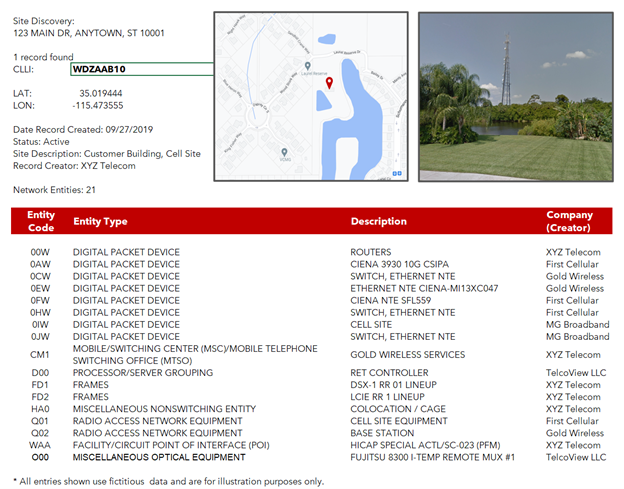Why Service Providers and Site Companies Need to Speak a Common Language for 5G
5G is all about speed — and not just gigabit throughput. For service providers, 5G speed is also about how quickly they can build out sites to meet customer demand. Service providers that add sites quickly can sign up consumers and enterprises before their slower moving rivals can.
Tower/site companies have a unique opportunity to help service providers speed up their 5G buildouts. In the process, tower companies can differentiate themselves from competitors by adding value in tenants’ eyes.
The key is leveraging information, specifically with TruOps Common Language®. For decades, service providers, equipment vendors and other telecom ecosystem members have relied on Common Language for a nomenclature and framework to identify, classify and understand the location and other attributes of every piece of infrastructure.
For a given site, Common Language has information such as latitude/longitude, the service provider tenants and the network functionalities that each tenant has at that site, such as routers or optical multiplexers. Here’s a real-world example of one site in the Common Language database, with its details altered to protect the identity of the owner and its tenants.

Many tower companies don’t realize that their sites are already assigned a Common Language Location Identifier. That's because service providers use CLLI Codes as their naming standard to interconnect with others and achieve operational and capital efficiency, rather than using the one each tower company choses to assign. When the tower company acquired that service provider’s site portfolio, Common Language continued to maintain that information.
How Common Language Adds Business Value for Tower Companies and Their Tenants
By subscribing to Common Language, tower companies can become more attractive partners to service providers as they build out their 5G networks and interconnect with partners. For example, tower companies can use Common Language to verify and augment site information in their proprietary internal databases to enhance accuracy, which benefits their service provider partners.
Common Language’s industry-standard nomenclature also enables tower companies to speak the same language as service providers. That helps avoid misunderstandings about a particular site’s capabilities, which can delay buildout and thus undermine the service provider’s ability to capture market share and drive a return on its hefty 5G investments.
Finally, some tower companies have expanded their portfolios to include backhaul and data centers. Common Language makes it easier for them to provide those value-added capabilities to service providers. For example, in North America, interconnection is enabled through the Access Service Request (ASR), which specifies locations and services/products via Common Language. The scope of services/products supported by the ASR continues to evolve to support infrastructure companies as they become key enablers and interconnection partners in the 5G environment.
To learn more about Common Language, visit https://iconectiv.com/truops/common-language. Tower/site companies can contact iconectiv at https://www.commonlanguage.com/contact to get more information, including a complimentary analysis of some of their sites to see the kind of information that is already available from Common Language.
